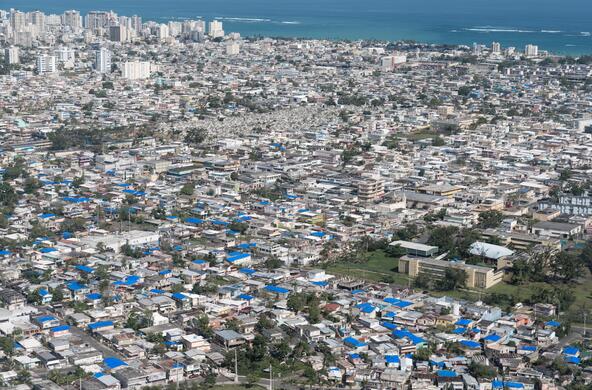Climate change is causing warmer, wetter conditions in many regions around the world. Mosquitoes are thriving as a result. Aedes mosquitoes are efficient at transmitting Zika virus, dengue, chikungunya, and yellow fever to people. Once limited to the tropics, they they are now active on every continent except Antarctica.
The problem
- Mosquitoes are thriving in warmer, wetter conditions
- Aedes species that are efficient at infecting people with pathogens are common around the world
- To protect people, we need insight on where mosquitoes, pathogens, and people are likely to overlap
“Working in multidisciplinary teams, we are creating models to predict when and where mosquito-borne diseases could break out. Forecasting like this can help guide targeted surveillance and prevention measures to preempt outbreaks.” – Barbara Han
We are exploring
- Potential animal reservoirs of mosquito-borne diseases like Zika virus
- Environmental factors that influence mosquito numbers and disease transmission
- How big data and modeling techniques can reveal where mosquitoes, pathogens, and people are likely to coincide
Our discoveries
With collaborators at IBM Research, Cary scientist Barbara Han developed a computer model that identifies primate species that could spread Zika virus in the Americas. Primates that pose the greatest risk are common, abundant, and often live near people. Interactive maps – based on the geographic occurrence of potential disease carriers and locations of reported Zika virus cases – identify ‘hotspots’ where people are most at risk.
Modeling work done by LaDeau, Rick Ostfeld, and colleagues highlights Zika and chikungunya risk in East Coast cities in the US. One of every two infectious travelers arriving at peak mosquito season could initiate local transmission, with some 10% of these introductions resulting in a disease outbreak of at least 100 people.



